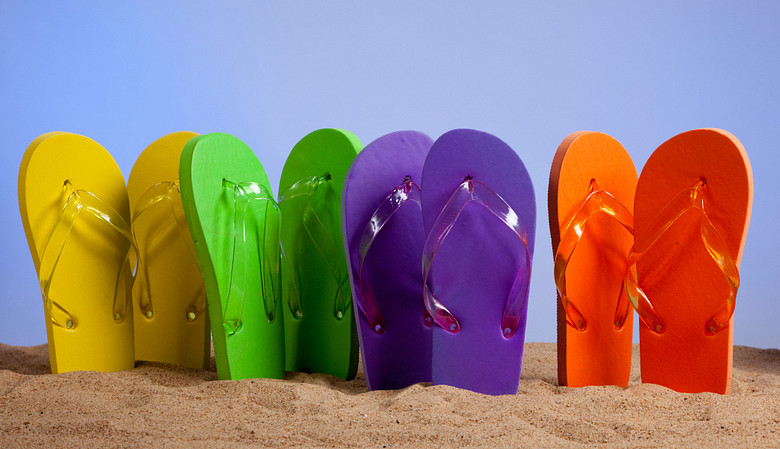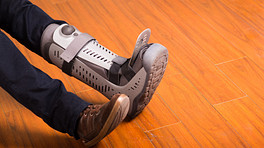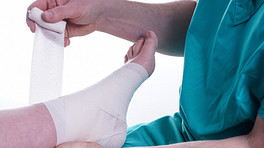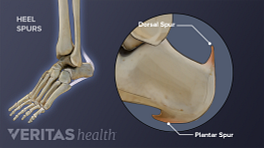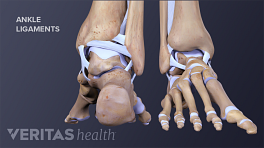The warm weather has arrived, and who doesn’t love trading in their winter boots for summer shoes? But not all summer shoes are created equal. Learn more about which shoes are good choices and which ones can put you at risk for foot injuries.
1. Flip-flops
Flip-flops are the worst offenders when it comes to causing injury. It’s easy for them to slip out of place, which can lead to falls. Also, most flip-flops offer very little support or cushioning, which can cause problems for some people. For example, if you have plantar fasciitis, flip-flops might aggravate your symptoms, making foot pain worse.
See Plantar Fasciitis Symptoms
Flip-flops are okay to wear if you’re just headed to the pool or beach, but they probably shouldn’t be your everyday summer shoe. If you’re looking for beach-friendly sandals that provide some support and stay securely on your foot, take a look at Tevas, Chacos, or other sandals made for water sports.
2. Mules
Like flip flops, mules have no backs and can slip off easily, causing you to trip and injure yourself. To prevent shoes from slipping off, you may find yourself curling your toes to grip the shoe’s footbed. Doing this repeatedly over time puts you at risk for hammertoe, a condition in which the toe-joint is abnormally bent, forcing the toe to curl in a claw-like position.
As with flip-flops, you can protect your feet by limiting how much you wear these types of shoes. You can also shop for specific styles and brands that offer you a more secure and supportive fit.
3. Wedge sandals and espadrilles
The biggest hazard with wedges and espadrilles is their side-to-side instability, which makes it easy to turn your ankle, leading to a sprain.
See Ankle Sprain and Strain Signs and Symptoms
Wedges and espadrilles also shift your weight forward onto the ball of your foot, which can put you at risk for mid-foot pain and inflammation. (This is the case with all heels.) Over time, the excess weight load on the ball of the foot can even lead to stress fractures.
See Stress Fracture Treatment and Prevention
To play it safe with wedges and espadrilles, look for styles that are not too high and have a wider heel. For added traction and stability, seek out pairs with rubber soles.
4. Peep-toes
Peep toes tend to have tapered toe-boxes, forcing your toes into a narrow, tight space. Crowding the toes together can cause temporary blisters as well as long-term problems, such as bunions.
Choose shoes with a wide toe-box to accommodate your foot’s natural shape.
If you are experiencing foot pain, use the RICE protocol to help treat your symptoms, and switch out your footwear. If your pain doesn’t improve with self-care measures after a week or two, make an appointment to see your doctor or a podiatrist.
See The P.R.I.C.E. Protocol Principles
Learn more:
Common Running Injuries: Foot Pain
Treating Acute Sports and Exercise Injuries in the First 24 to 72 Hours
